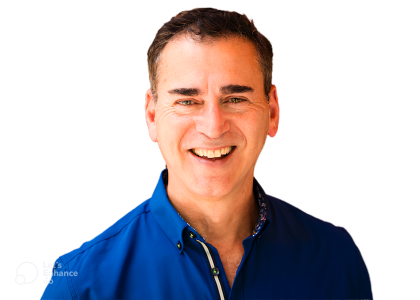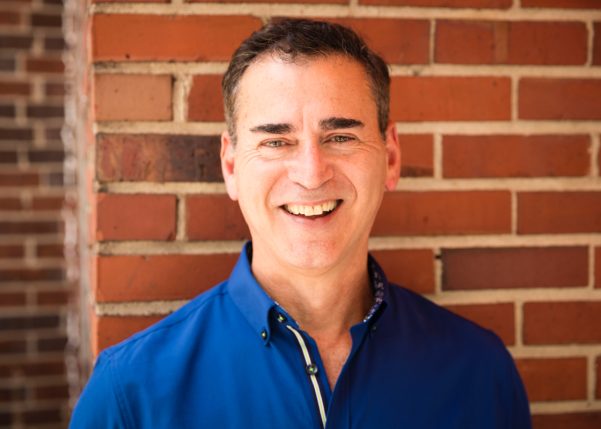Spravato Treatment Schedule: How Many Esketamine Sessions Do You Need for Depression Relief?
By Michael Alvear, Health Author & Independent Researcher
My research is published on these scholarly platforms:
Last Updated:
!
The Bottom Line
Most people need 21 Spravato sessions over six months (8 in month 1, 4 in month 2, 9 in months 3-6), with nearly 50-77% of patients seeing their depression lift by half or more during this period.
Spravato isn’t taken forever. It’s frontloaded—intense at first, then tapering down. But how many sessions you’ll actually need depends on one thing: how your depression responds.
This page walks you through the full treatment map: how many times you’ll come in during the first six months (Wave 1), what happens if you keep going into Months 7–12 (Wave 2), and why only a small number of patients continue into Year 2 (Wave 3).
You’ll see real numbers, evidence-based protocols, and key decision points. Whether you’re planning ahead or trying to make sense of what your doctor told you, this is your guide to how Spravato works in the real world—session by session.
→
Considering Other Options?
Curious about alternatives? See our guide on how many IV ketamine infusions you’ll need for depression treatment—the treatment requires a lot fewer sessions.
Ready to explore the complete treatment timeline? We’ve organized everything you need to know into 6 comprehensive sections.
↓
Can’t Decide Between IV, Injections, Or Spravato?
Use My Decision Table
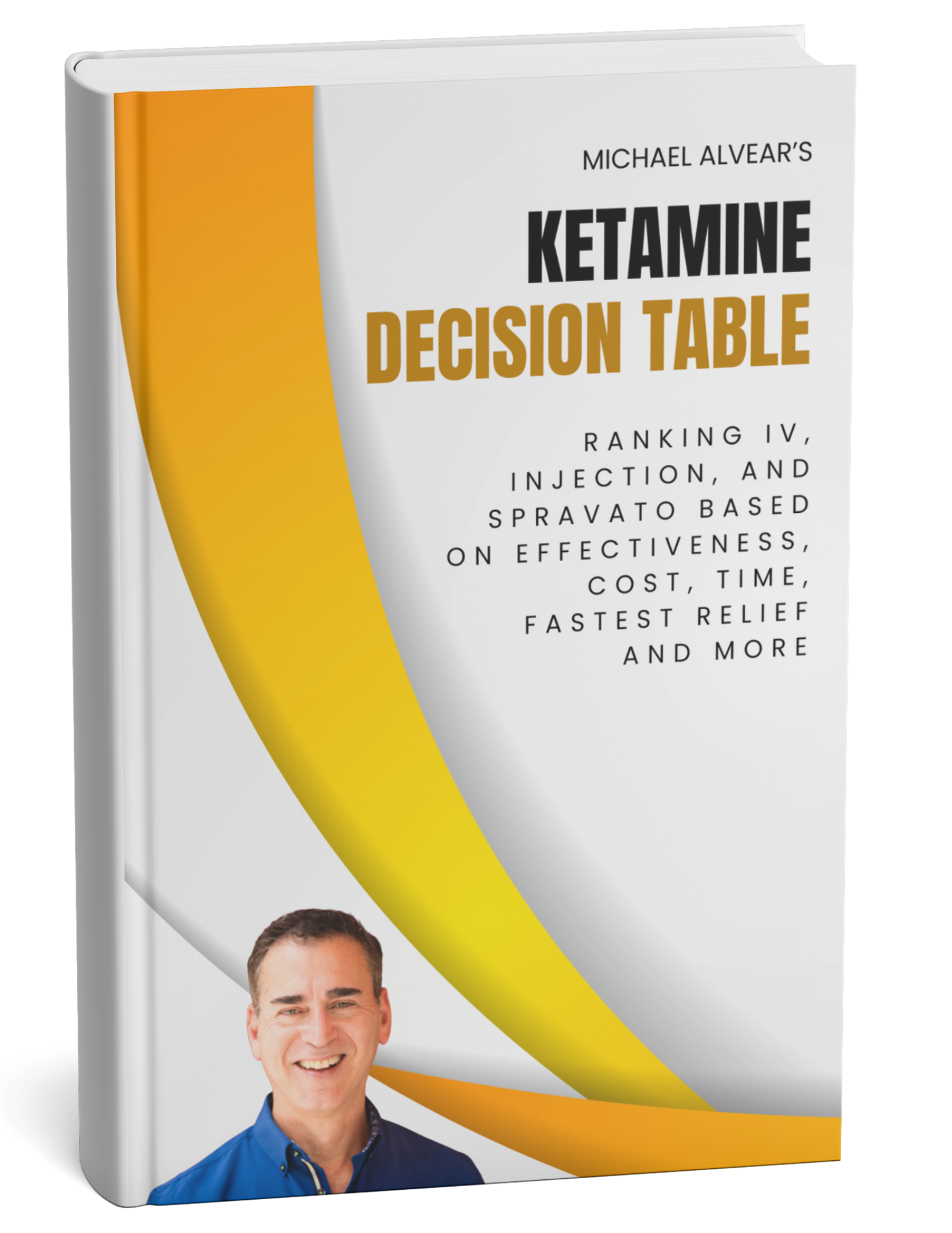
This report ranks all three options—IV, injection, and Spravato—on effectiveness, cost, fastest relief, and more, giving you a clear framework to decide.
Downloads as PDF • 5 minute read
PEER-VALIDATED KETAMINE RESEARCH

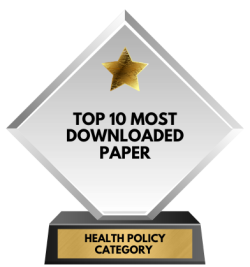
SSRN (Academic Research Network)
What Does Scientific Research Show About IV Ketamine’s Effectiveness For Depression?
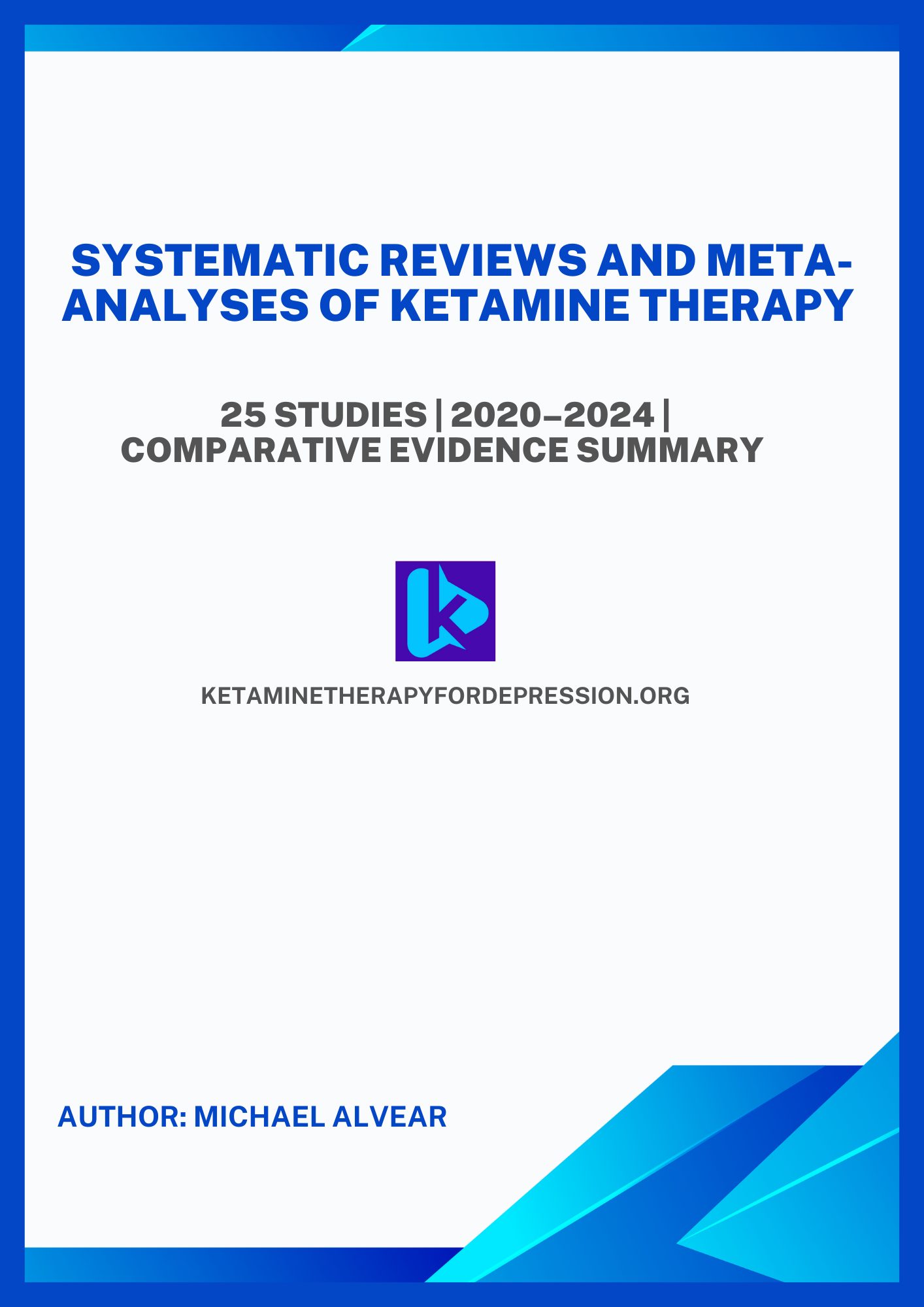
I pulled together 33 systematic reviews from the last five years into one report—so you don’t have to rely on hype, guesses, or anecdotes. This is the highest level of real-world evidence we have.
Inside My Report You’ll Find
- What percent of patients enter remission—broken down by delivery method
- Which method is most effective—IV, injection, or Spravato nasal spray
- How fast ketamine can work to reduce or end symptoms
- Which combinations (like psychotherapy) may enhance response
- And a lot more…
Verified by the Platforms That Matter
This research summary report has been published across four trusted platforms that host peer-reviewed or open science content, including:
– Published ketamine research on Zenodo
– Ketamine evidence summary hosted on SSRN
– Scientific report on ketamine outcomes on Figshare
– Evidence-based ketamine therapy report on OSF

